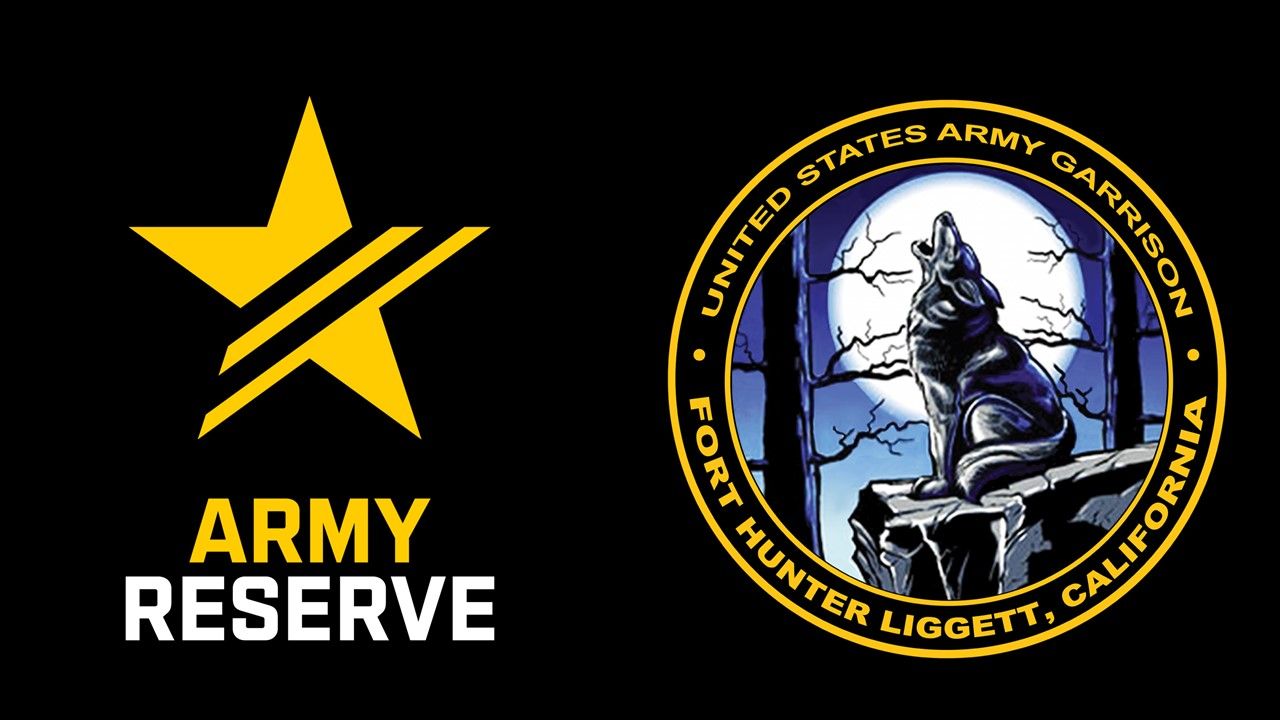 History of Fort Hunter LiggettOriginally designated Hunter Liggett Military Reservation in 1941, the installation is named for Lieutenant General Hunter Liggett (1857 - 1935). General Hunter Liggett commanded the 41st National Guard Division, and later, the First Corps of the American Expeditionary Forces during World War 1. He also served as Chief of Staff for General John Pershing. In 1975, the reservation was re-designated Fort Hunter Liggett Military Installation.
History of Fort Hunter LiggettOriginally designated Hunter Liggett Military Reservation in 1941, the installation is named for Lieutenant General Hunter Liggett (1857 - 1935). General Hunter Liggett commanded the 41st National Guard Division, and later, the First Corps of the American Expeditionary Forces during World War 1. He also served as Chief of Staff for General John Pershing. In 1975, the reservation was re-designated Fort Hunter Liggett Military Installation.
Fort Hunter Liggett is situated about 25 miles southwest of King City and about 86 miles south of old Fort Ord. In 1940, in anticipation of training soldiers for combat on WWII European fronts, the War Department purchased over 200,000 acres of local ranch lands between the Salinas River valley divide and the Pacific Ocean. Terrain varying from level valleys bordered by gentle hills to steep, rugged mountains has since provided opportunities for "real world" training and defense technology testing. At present, the installation encompasses approximately 165,000 acres.
Until 1952, fort administration was under Camp Roberts' (17 miles by tank trail) authority. Fort Hunter Liggett was a sub-installation of Fort Ord until November 1993 when the installation came under United States Army Reserve Command. Today, the command is officially designated as the U.S. Army Garrison Fort Hunter Liggett with Parks Reserve Forces Training Area (aka Camp Parks) located in Dublin, California as a sub-installation.
Fort Hunter Liggett's mission is to maintain and allocate training areas, airspace, facilities and ranges in order to support reserve and active components field maneuvers, live fire exercises, testing, and Institutional Training.Additionally, the installation provides quality of life and logistical support to training units.
In general, the installation is bounded on the north by the Salinas Valley, on the east by the foothills of the Santa Lucia Mountains, on the south by the Monterey/San Luis Obispo county line and on the west by approximately 55 miles of Los Padres National Forest. The highest mountain in the area is Junipero Serra Peak. At 5,862 feet, it is visible toward the north and has a fairly good road leading to the summit. Formerly, the peak was known as Santa Lucia and local long-time residents still call it by that name. In winter it is sometimes cloaked with a white mantle of snow.
Another high point in the area is Cone Peak (5,155 feet), best seen by taking Nacimiento Road to California Highway 1. This road crosses through some of the most beautiful scenery on the reservation and once over the pass, opens onto a panoramic view of the Pacific Ocean. Six miles south of Nacimiento Road on Highway 1 is Jade Cove. A beautiful deposit of jade is viewable below mean high tide. A round trip to Jade Cove takes about four hours driving.
In the summer months daytime temperatures may be 100 degrees or higher but soon after sunset, temperature drops rapidly and the nights are cool and pleasant. During the long summer, humidity is very low, rain seldom falls, and streams dry up or disappear underground. During this arid period, fire danger is so great that over 450 miles of firebreaks on the installation prevent wild fires and aid in fire suppression. Winter temperatures are cool and frost is not uncommon. The rainy season usually is between December and February when the average annual 21 inch rainfall is expected to fall. During this period, fertile valley soils soak up the moisture to provide abundant spring and summer wildlife feed.
Many wild animals thrive in the area; the most numerous being the California ground squirrel, rabbits and deer. Other animals include gray tree squirrels, raccoons, wildcats, mountain lions, skunks, badgers, fox, coyotes, opossums, wild hogs, Tule Elk and an occasional bear. There are also dove, pigeons, quail, wild turkey, hawks, eagles and ducks. The variety of game animals makes hunting a favorite sport for military and civilians in the area. Fishing is good in stocked ponds scattered throughout the installation.
The varied terrain and weather conditions at Fort Hunter Liggett, provides unique opportunity for continuing training and testing, and makes the installation a valuable asset for future armed forces land use needs.





